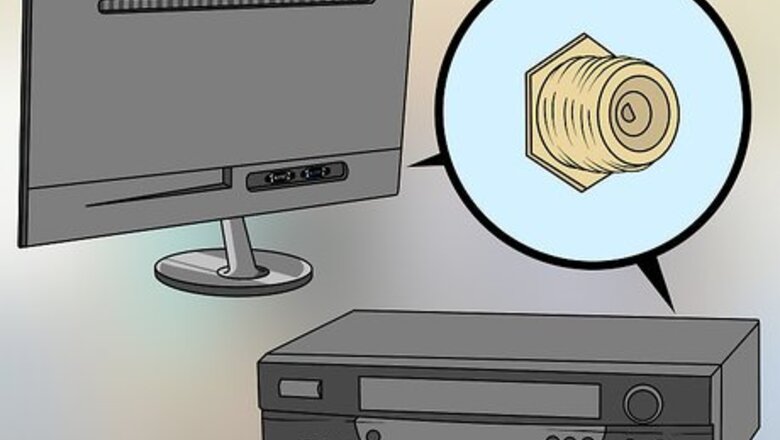
views
Using a Coaxial Cable
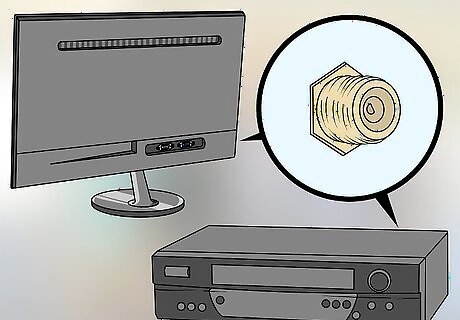
Check both your TV and your VHS player for a coaxial port. Coaxial (or "coax") ports resemble round, metal cylinders with a small hole in the middle, though your TV may just have a small circular hole in its back if it's old enough. Both your TV and your VHS player must have a coaxial port in order for this method to work. If your TV or your VHS player lacks a coax port, you can still use AV cables to connect your VHS player.
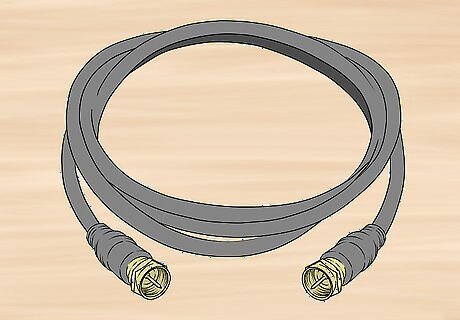
Make sure that you have a coaxial cable. Coaxial cables have the same connector on both ends—a hollow metal cylinder with a pin in the middle—and they often have a ring around each end that can be used to tighten the cable's connection to the port. If you don't have a coaxial cable, you can buy one online or in a tech department store.
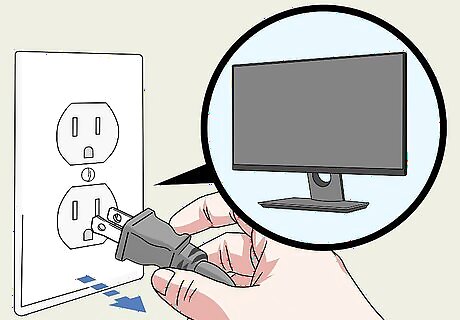
Turn off and unplug your TV. This will lower your chances of harming the TV or yourself while connecting the VHS player.
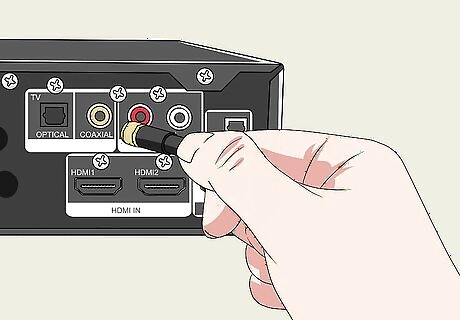
Connect one end of the coaxial cable to the VHS player. It should plug directly into the coaxial port in the back of the VHS player. You can usually tighten the coaxial cable in order to secure its connection to the VHS player. The coaxial port on your VHS will usually have something like "TO TV" written below it.
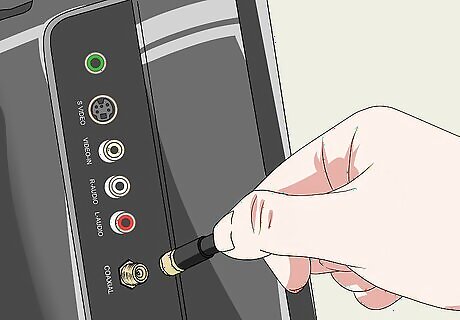
Attach the other end of the coaxial cable to the TV. Again, this should plug directly into the back of the TV. Be sure to tighten this connection if possible.
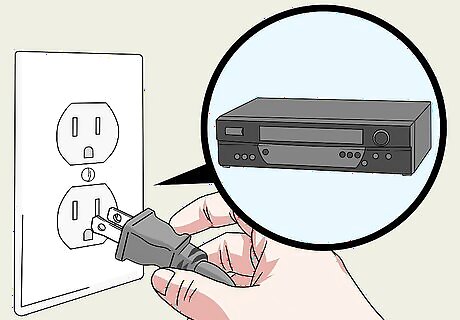
Connect your VCR to a power outlet. Plug the VCR's power cable into an electrical socket; both wall sockets and surge protector sockets are fine. If your VCR's power cable isn't permanently connected to the VCR, you'll first need to attach the power cable to the VCR's power input.
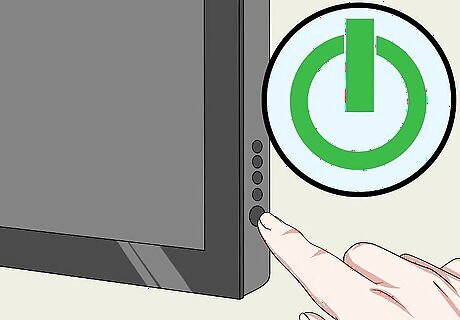
Plug back in your TV and turn it on. This may also turn on the VCR; if so, skip the next step.
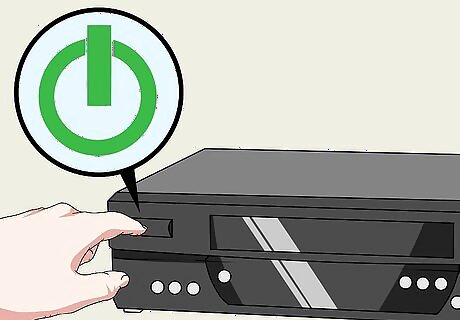
Turn on your VCR. Press the VCR's "Power" button to do so.
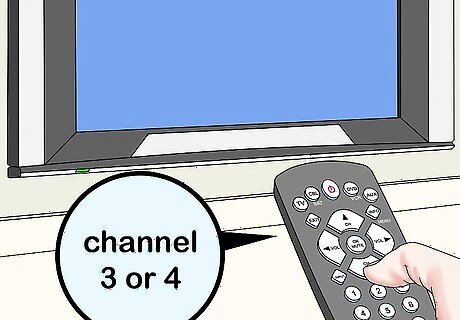
Switch the TV to channel 3 or 4. Use the "Channel +" or "Channel -" button on your TV or your TV's remote to change to channel 3 or 4. The channel used can vary from TV to TV; once you see your VCR's blue screen, you should be set. For some VCRs, you will need to set the channel on the VCR itself before you can play a tape. To play a VHS tape with your VCR, just insert the tape and press "Play" to begin playing it.
Using AV Cables
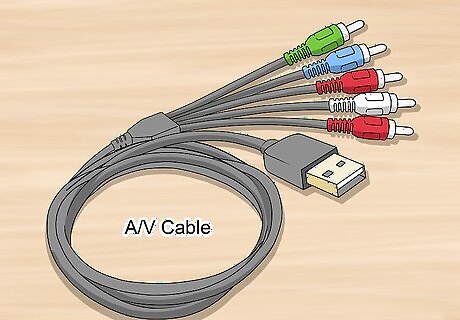
Make sure that you have AV cables. AV cables are the red, white, and yellow tri-split cables often used to connect older pieces of technology to TVs. The red and white cables are for audio. The yellow cable is for video. If you don't have AV cables, you can buy them online or in a tech department store—they're quite cheap.
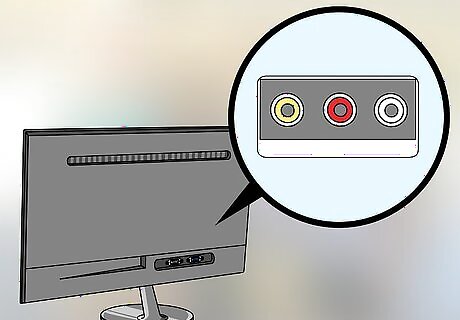
Check your TV for AV inputs. You'll usually find the red, white, and yellow ports on the back of the TV, though some older TVs have these ports in the front panel of the TV. If you can find red and white inputs but no yellow input, look for a green input with the word "Video" nearby. If your TV has one of these, you can still use AV cables. If your TV doesn't have AV inputs, you will need to buy an RCA-to-HDMI (not HDMI-to-RCA) adapter and an HDMI cable.
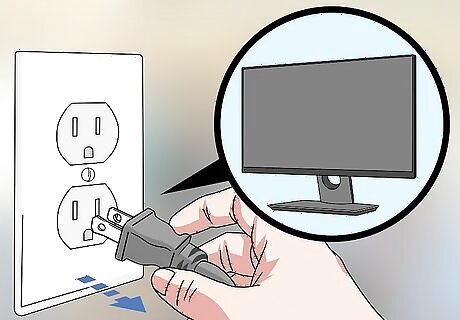
Turn off and unplug your TV. This will lower your chances of harming the TV or yourself while connecting the VHS player.
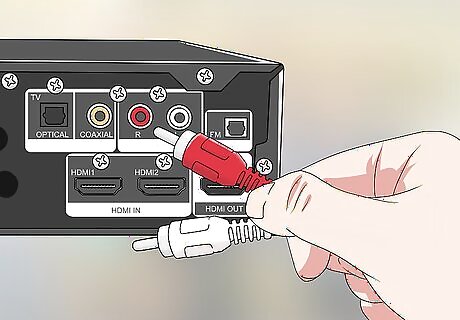
Attach your AV cables to your VCR. Plug the white cable into the white port on the back of the VCR, plug the red cable into the red port, and plug the yellow cable into the yellow port. Some VCRs only support mono audio, meaning that you'll only have a white or a red port at the back of the VCR. Just leave the non-supported cable unplugged.
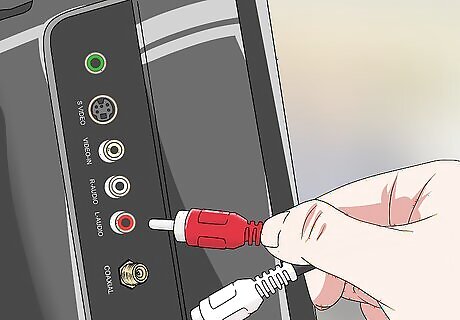
Plug the other ends of the AV cables into the TV. Find a cluster of red, white, and yellow input ports, then attach the cables to their corresponding ports. Make sure that all three of the cables are in the same input area, row, or column. Input areas are usually numbered. If you're using an RCA-to-HDMI adapter, do the following: Plug the AV cables into the colored ports on the adapter, plug one end of the HDMI cable into the RCA adapter, plug the other end into your TV's HDMI port, and plug the adapter's power cable into a power source (e.g., a wall socket).
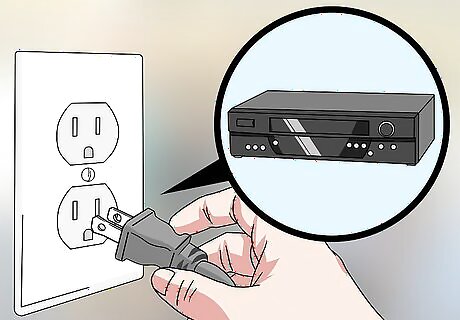
Connect your VCR to a power outlet. Plug the VCR's power cable into an electrical socket; both wall sockets and surge protector sockets are fine. If your VCR's power cable isn't permanently connected to the VCR, you'll first need to attach the power cable to the VCR's power input.
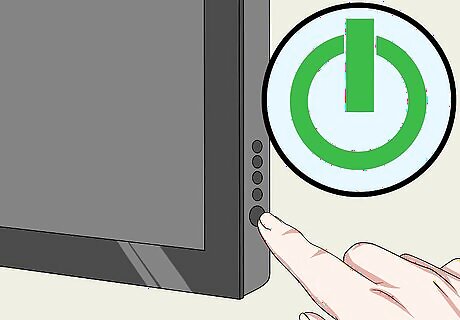
Plug back in your TV and turn it on. This may also turn on the VCR; if so, skip the next step.
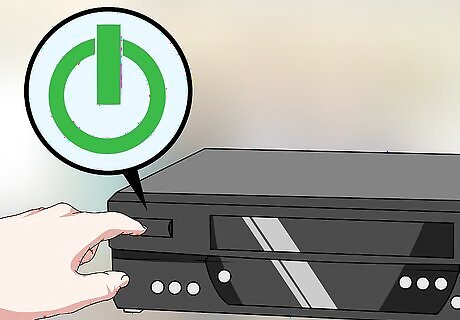
Turn on your VCR. Press the VCR's "Power" button to do so.
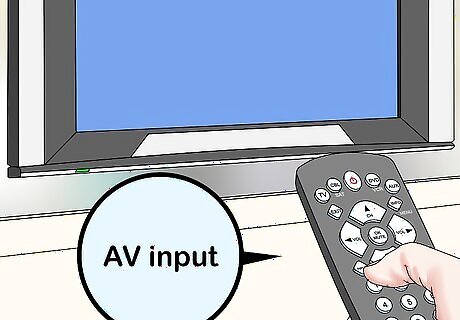
Switch your TV's input if necessary. If your TV isn't already set to use the AV input, press your TV's "Input" or "Source" button until you arrive at the "AV" setting. You should now be able to use your VCR. To play a VHS tape with your VCR, just insert the tape and press "Play" to begin playing it.











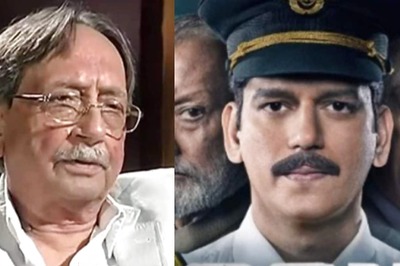
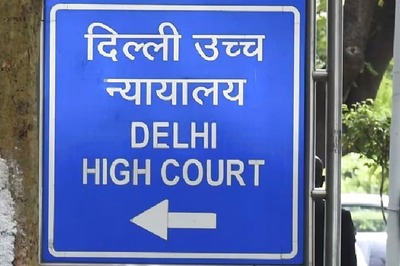

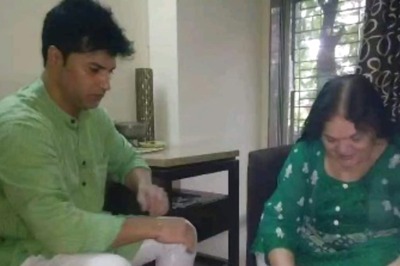
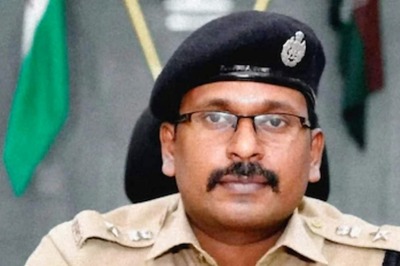


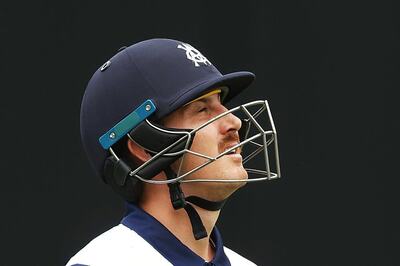

Comments
0 comment